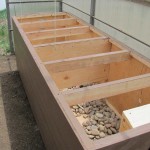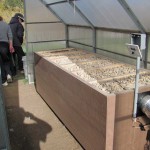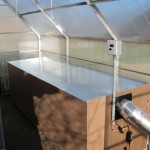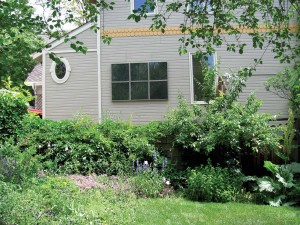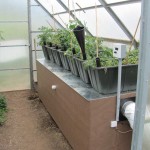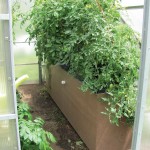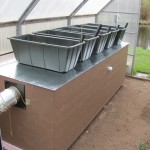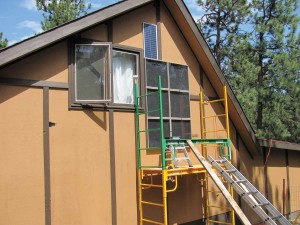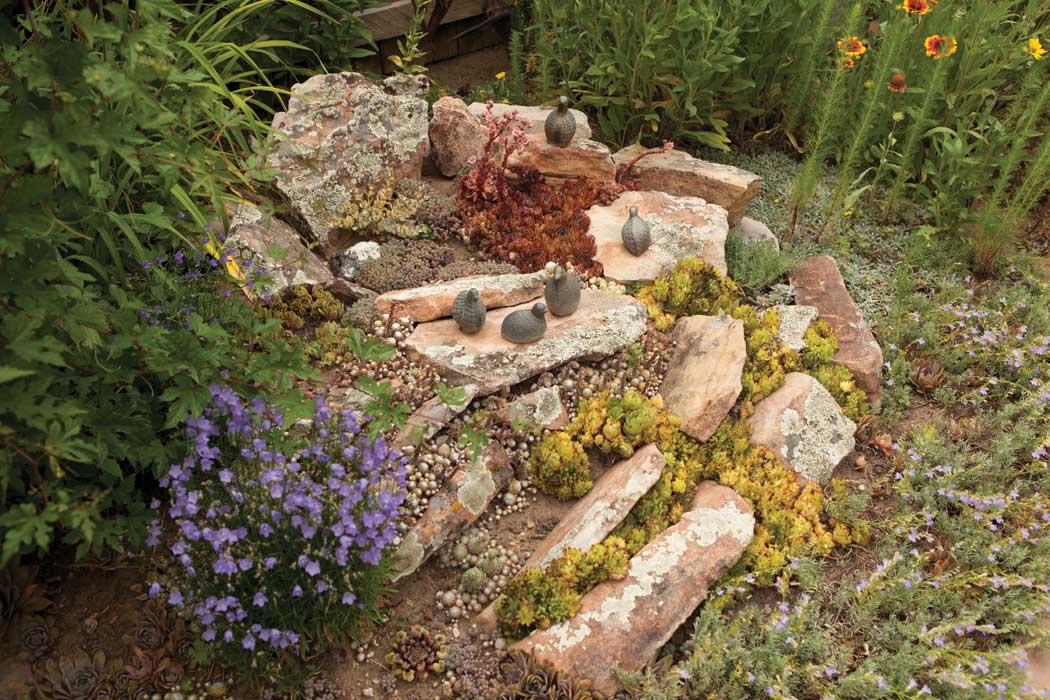Growing Year-Round
13 Oct 2014
A Boulder inventor’s revolutionary off-the-grid thermal system is perfect for heating greenhouses, homes, garages and studios year-round.
By Lisa Truesdale Greenhouse Photos courtesy Central Solar Inc.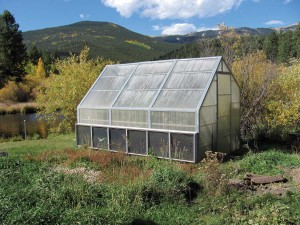
Simple System
After years of enduring brutal winters in rural South Dakota and being forced to pay exorbitant prices for propane just to stay warm, DuChateau began experimenting with a variety of off-grid ways to heat a home. “Unfortunately, the reliability of utilities is waning,” he says, “and we’re not spending money to improve the infrastructure. So people who live in remote areas, who are stuck with expensive propane that often isn’t delivered on time just when it’s needed most—I was thinking of them. There’s no reason at all that anyone, anywhere, should ever be freezing.”